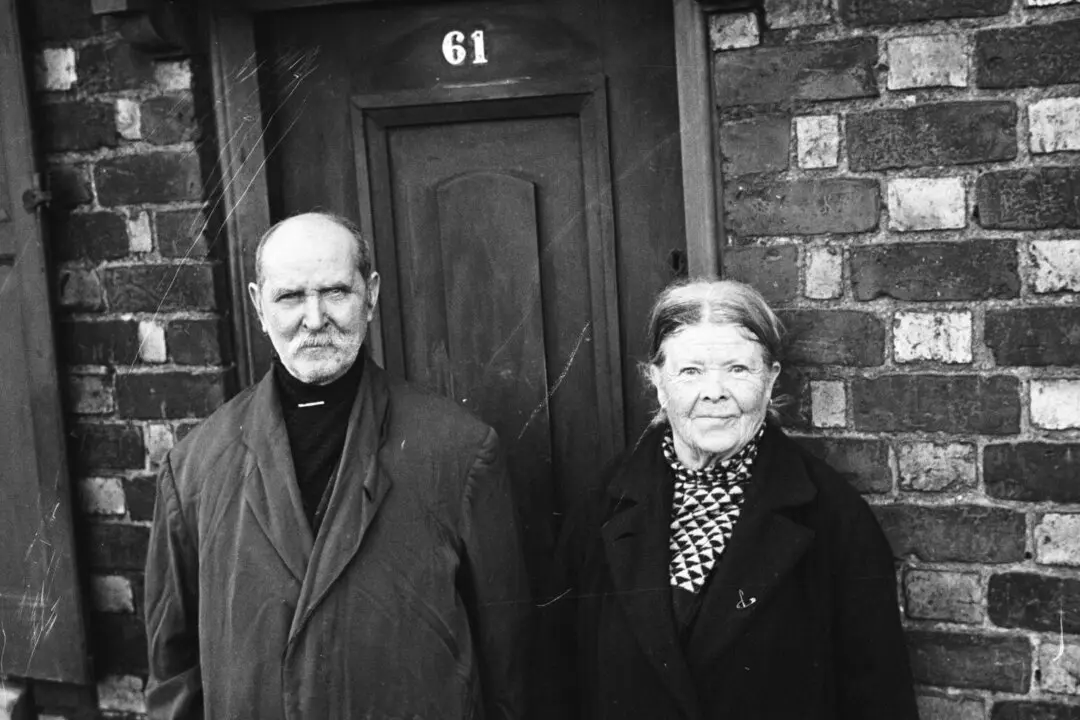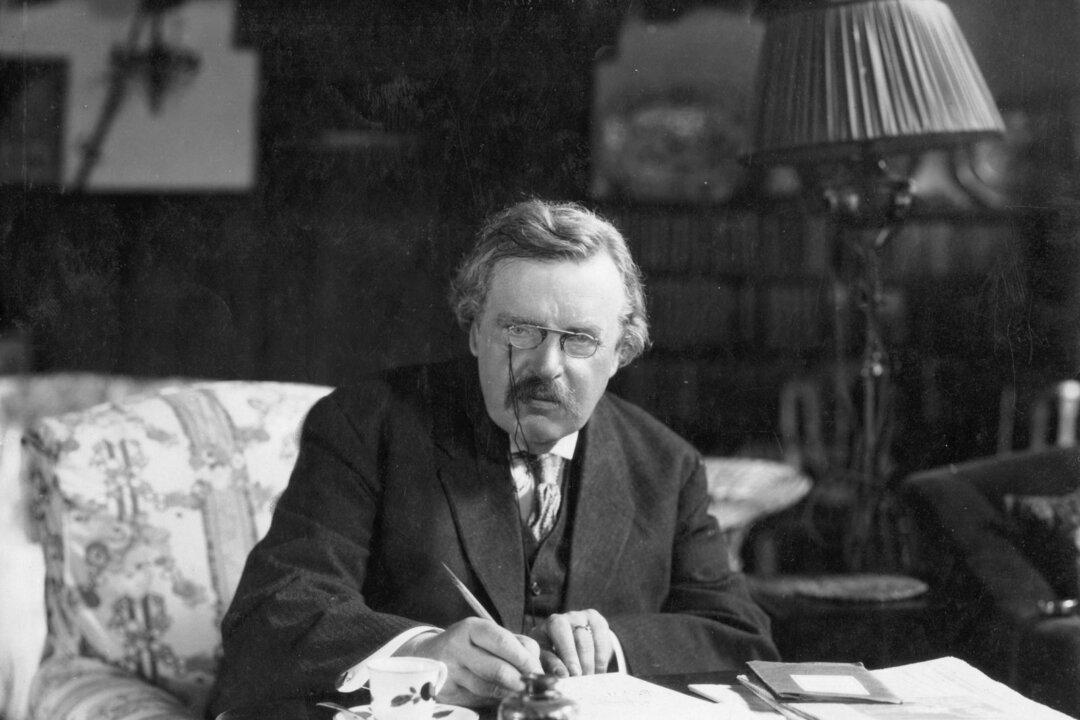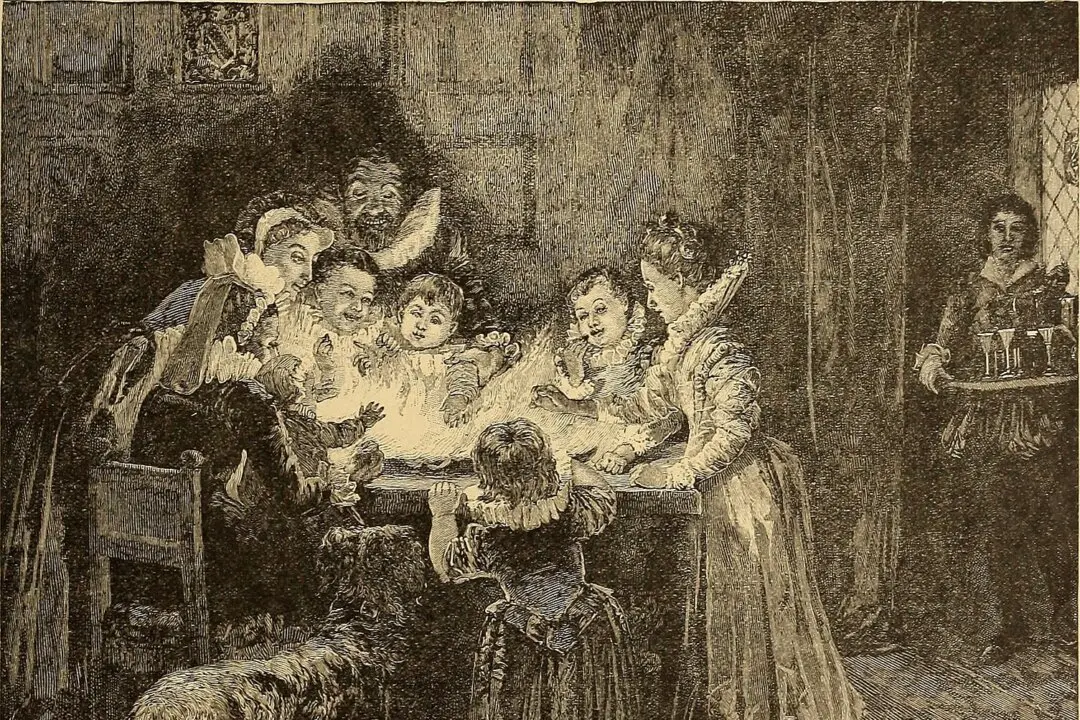One of Russian novelist Fyodor Dostoevsky’s most famous novels is enjoyable as a compulsively readable thriller, a challenging philosophical battleground, or as a moving story of spiritual transformation touching on the deepest questions of our existence.
“It is a psychological account of a crime. A young man expelled from the university ... unstable in his ideas, has surrendered to several strange, ‘unfinished’ ideas which are in the air. He decided to get out of his bad position at one stroke. He decided to kill an old woman ... who lent money on interest. The old woman is stupid, deaf, sick, greedy, takes usurious interest rates, is mean, and oppresses the life of another person. ... He spends almost a month after that until the final catastrophe... There, too, the psychological process of the crime develops. Insoluble problems arise for the murderer; unsuspected and unexpected feelings torment his heart. The truth of God and the law of the earth take their toll.”






